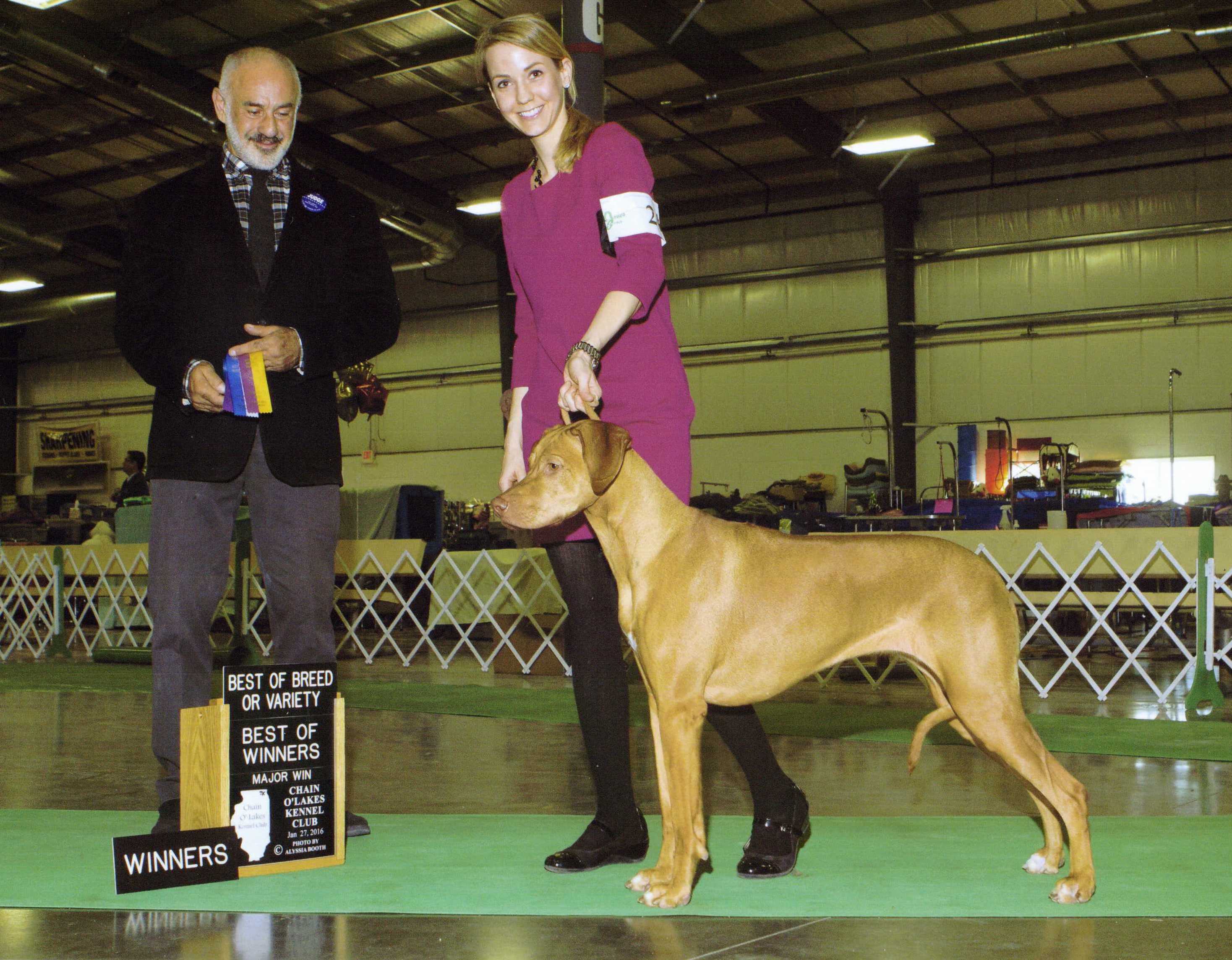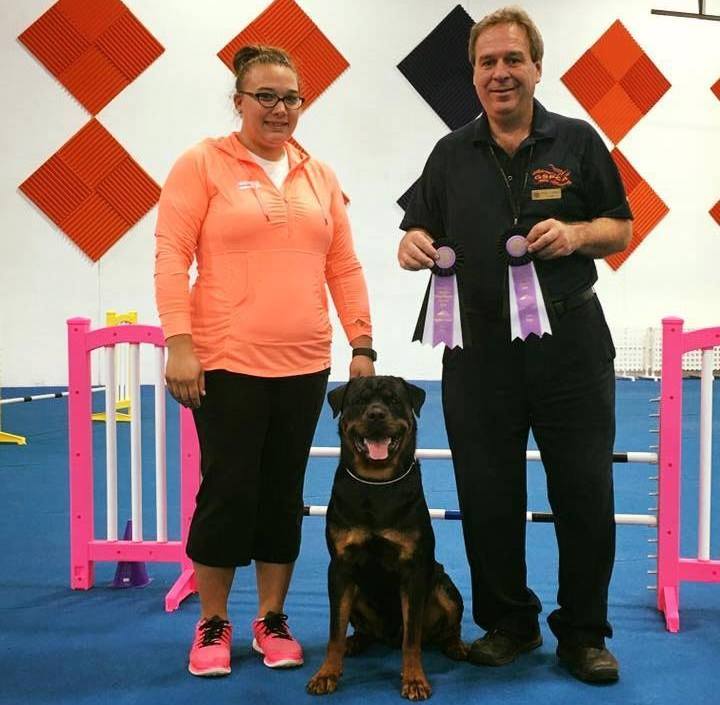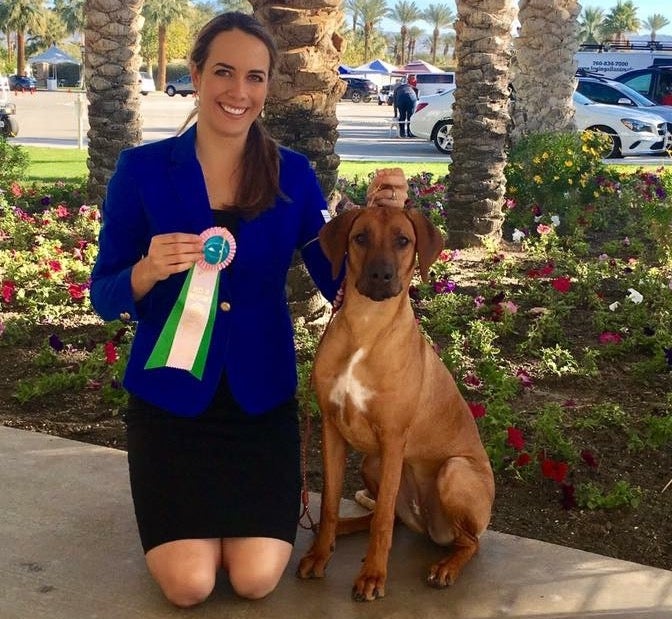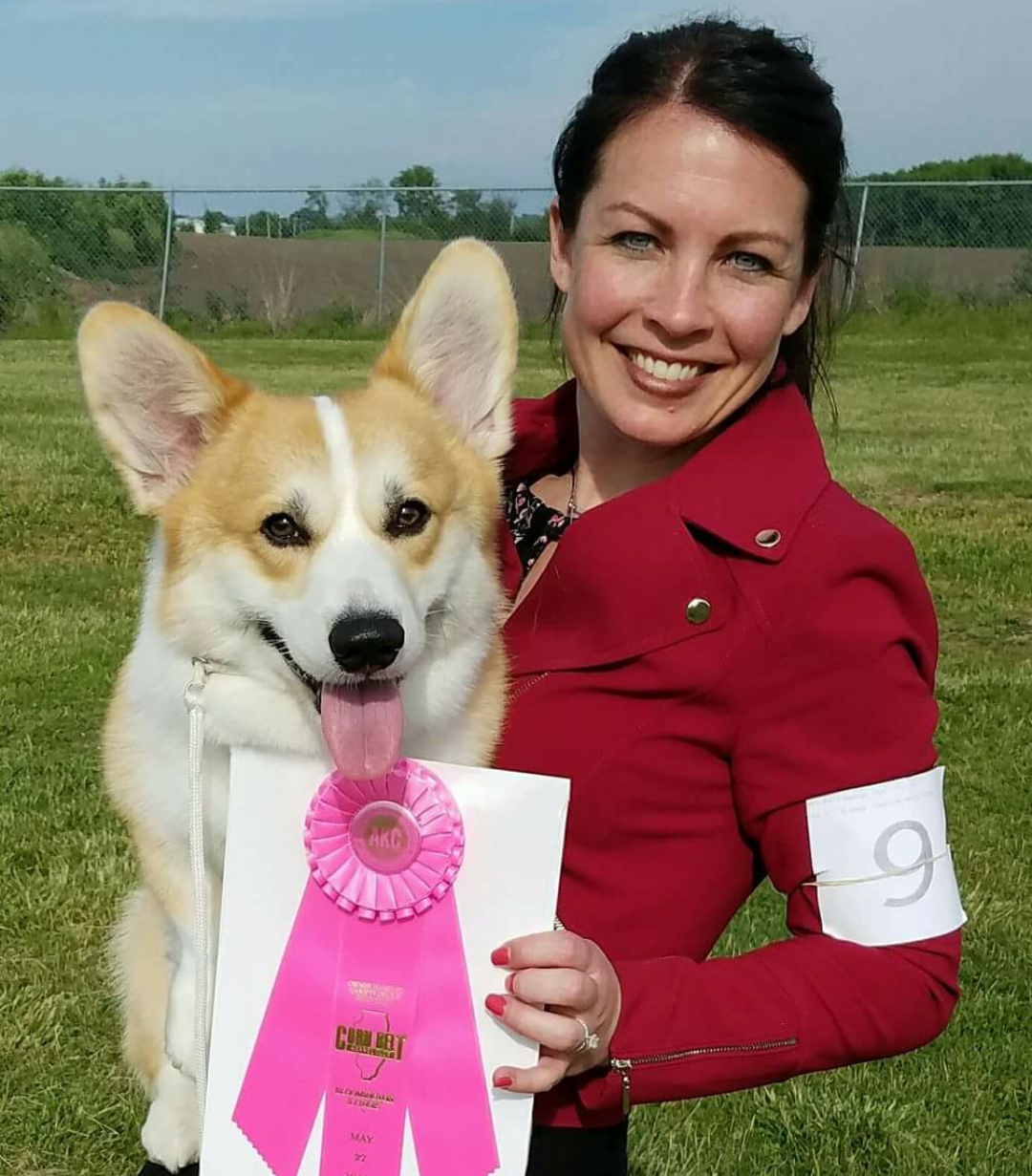
As all dog breeders know, you’re only as good as your latest generation. After all, those promising newbies are the ones on which you build your future.
The sport of dogs is governed by the same principle: Newcomers in all venues — from conformation to obedience to agility, not to mention breeding — are vitally important, as they will be the ones to eventually take the reins, or, in this case, the lead.
That said, even the most enthusiastic novice who arrives on the dog scene is likely to be a bit intimidated. Whether you trot in the wrong direction during your “go round” at a dog show or do an off-lead heel alone as your dog wanders off to give the obedience judge a crotch sniff, it can feel like everyone is executing a seamless, elaborately choreographed ballet — and no one has given you the dance steps.
We all have to start somewhere, and for those who start at the very beginning without any prior introduction to the dog world, the learning curve can be steep. To help you find your comfort zone, here are some tips from millennial fanciers, who just a few years ago were beginners themselves.
Find a mentor. An experienced teacher who can show you the ropes is probably the most valuable resource any greenhorn can have.
Kristian Fennig of Brookfield, Wis., got involved in performance events with her Rhodesian Ridgeback, Kingsley, at the suggestion of her breeders, Brian and Tina Moodhart. They invited her to a lure-coursing trial, where sighthounds chase a white plastic bag in a simulation of an open-field rabbit hunt.

“Kingsley took to it immediately,” Fennig, 32, remembers. “And that made it fun for me, too.” The Moodharts were a vital source of guidance. They not only lent Fennig a slip lead for releasing her dog at the tallyho, they told her what a tallyho was. (It’s what the hunt master says — or usually shouts — when it’s time for the hounds to be released, or “slipped,” to chase the lure.)
“If I had gone by myself, I probably would not have come back,” Fennig admits, adding that even filling out entry forms can be daunting for novices. “But if you have a mentor, you’ll be hooked.”
Fennig certainly is hooked. Her brown-nosed girl ended last year as the Rhodesian Ridgeback Club of the United States’ No. 5 lure-coursing Ridgeback. Kingsley is also a dual champion, meaning she is a champion on the lure-coursing field and in the show ring, with Fennig earning the majority of her points for the latter with a little help from her breeder. Next on the agenda? Kingsley’s first obedience trial is coming up soon.
Get involved. Whether it’s an official competition or just a fun day, dog events require a lot of organization, and volunteers are needed — and welcomed.
When Danielle Hansen, 28, of Minneapolis got her Rottweiler, Diva, she started volunteering at a dog-training club. “I just stood back and admired the people who were training and tried to follow in their shadow,” she explains.

Newcomers are often embraced fairly quickly, as their participation naturally breaks down barriers. National breed clubs, regional clubs, group clubs, all-breed clubs, and the many flavors of performance clubs are great places for rookies to feel like they are part of the team. And if you don’t have a ready-made mentor, they’re great places to cultivate one.
In Hansen’s case, a club member asked her to steward at an agility trial. Stewards are the backbone of any competitive event, handing out armbands, calling exhibitors into the ring, and noting any errors in the paperwork. In helping the judge as he or she runs the ring, stewards learn a lot about the ins and outs of how an event works.
Stewarding is also a great way to meet new people and expand your experience. Hansen went on to steward at obedience trials, and later this year she will steward in the show ring for the first time at an upcoming regional specialty. “Stewarding brought me into those worlds,” she says, “and I made friends along the way.”
Show up — again and again. Cassie Taylor of Orange County, Calif., always knew she wanted to show dogs. “I grew up watching Westminster,” she says, “and I was the kid at school who walked around clutching a book about dog breeds.” When she got her first Ridgeback, Copper, eight years ago at age 20, Taylor attended handling classes for a whole year before she drummed up the courage to enter her first dog show.

“It was challenging,” she remembers. “I watched all the YouTube videos I could on how to present your dog, but some things just weren’t clear by doing a Google search.” For example, she didn’t think she could compete every day during a dog-show weekend. “I thought you had to win the Saturday show to compete on Sunday,” she admits sheepishly. (You don’t, at least not at a regular all-breed show. Every day is a new beginning.) “We didn’t know a soul at the dog shows, and it felt like we didn’t have anybody, at first,” Taylor continues. “But we worked at getting to know people and making connections.”
Doing anything well requires work, time, and commitment. Some longtime members of the dog fancy can become cynical after years of watching a revolving door of newbies arrive all gung ho, only to disappear when they don’t win soon enough or big enough, or aren’t willing to put in the effort to learn. But the longer a new person continues, the more that initial skepticism fades.
“We just kept showing up again and again, saying good morning and being friendly and being a gracious competitor,” Taylor shares. And her persistence has paid off: Today, she has lots of friends and acquaintances around the ring, and she’s finished her dog’s championship — not a small feat in California, where the competition is intense. And last year, she co-bred a litter with one of those newfound friends.
Reach out. To a great degree, the dog world can seem closed off, with every breed or discipline having its own culture. Many agility people don’t know their counterparts in conformation; most Afghan Hound folks have no clue what’s going on with Airedale Terriers. But there are always individuals willing to lend a helping hand.
When Jodi Geerlings of Hamilton, Mich., went in search of an Otterhound, she found a supportive community waiting. (Nurturing newcomers is second nature to devotees of this supremely rare breed.) At her first dog show, Geerlings brought her new puppy, Birdee, and Otterhound breeders Becky VanHouten and Nancy Lange strolled around with them to explain what was going on.
Even though Birdee hung up her show lead to become a professional “couch girl and bed snuggler,” Geerlings was itching to have a competitive show dog. Because she had an elderly Pembroke Welsh Corgi at home, “I started talking about wanting a show Corgi.” Otterhound breeders Jack, Andy, and Jason McIlwaine connected Geerlings to internationally known Corgi breeders Bill Shelton, Steven Leyerly, and Beckie Williams, DVM, who eventually sold her a promising 4-month-old.

“Not only did they take a chance on letting me have one of their precious babies, they mentored and continue to mentor me to this day,” Geerlings says of her newfound Corgi crew. The proof is in the pudding. Today, two years later, Lil Will has won four Herding Groups, numerous owner-handled Herding Groups, and three owner-handled Bests in Show. He is currently the nation’s No. 1 owner-handled Pembroke Welsh Corgi, and No. 6 in the breed overall.
“Invest time into new friendships,” Geerlings advises. “There are some really awesome people in this sport.” Finding them, she adds, may take time, so don’t be discouraged.
Remember your priorities. Once you become immersed in the dog world, it’s easy to become hyper-focused on the competition: Will I win today? Why did the judge pick that dog? Has my dog cracked the top 10?
To put things in perspective, recite the following (which is a cliché precisely because it’s so true): The best dog at a dog show — or whatever event you’re competing in — is the one that goes home with you at the end of the day.
“Love your dogs,” Geerlings says simply. “They come first.”

